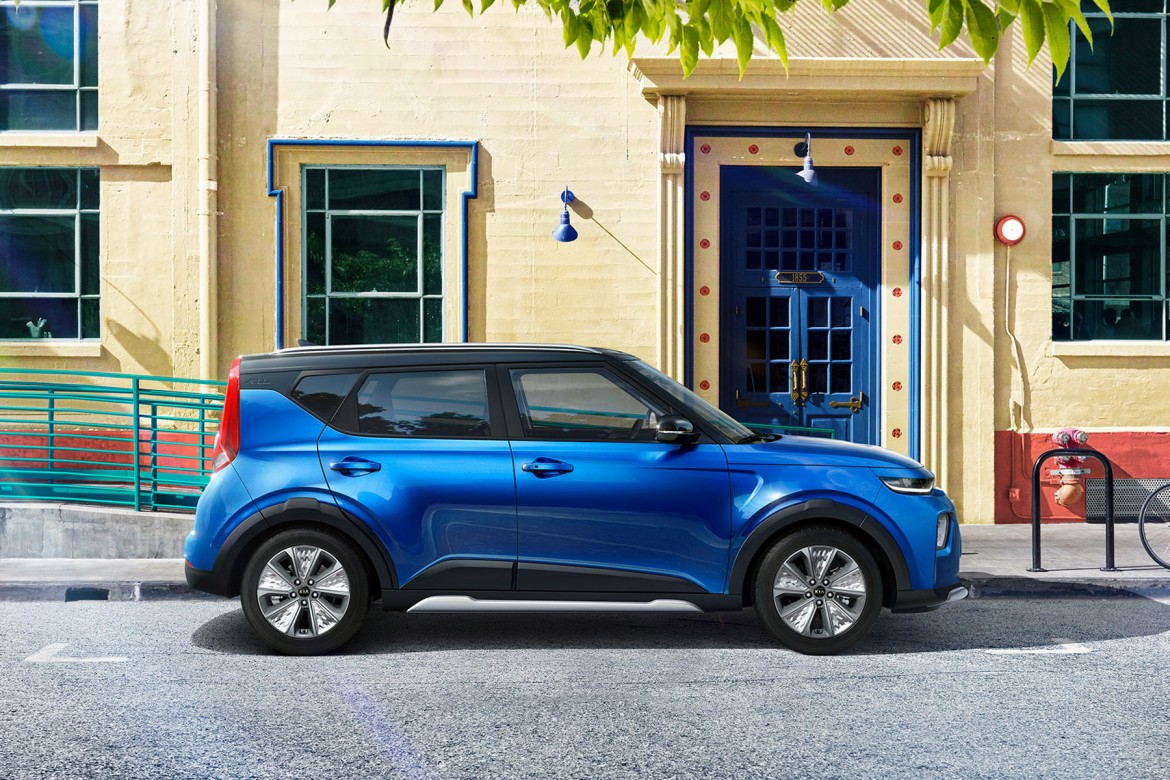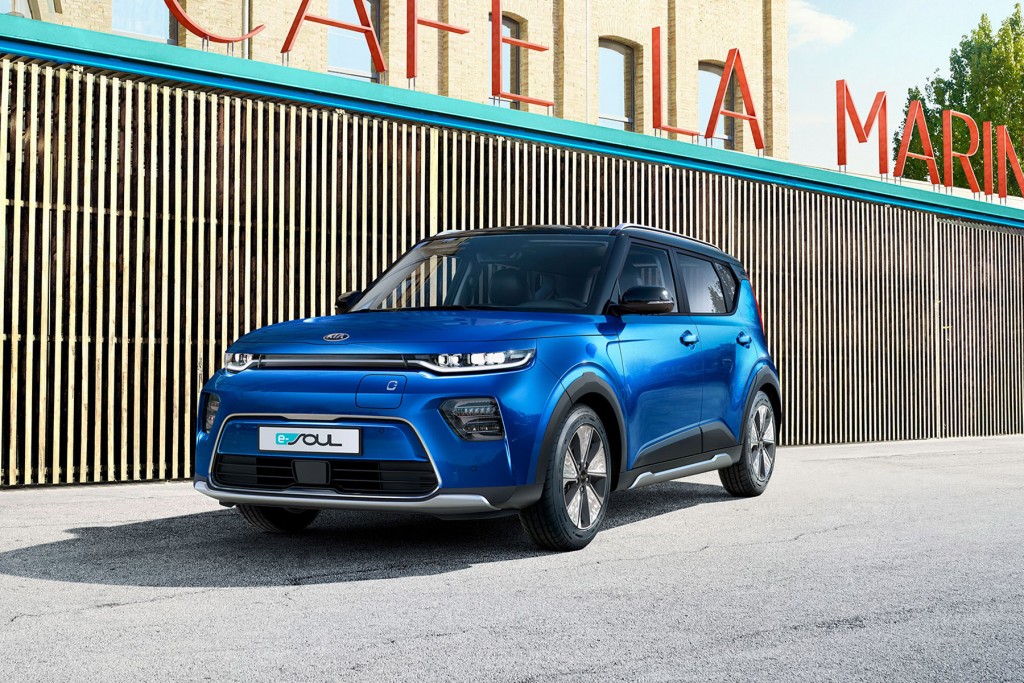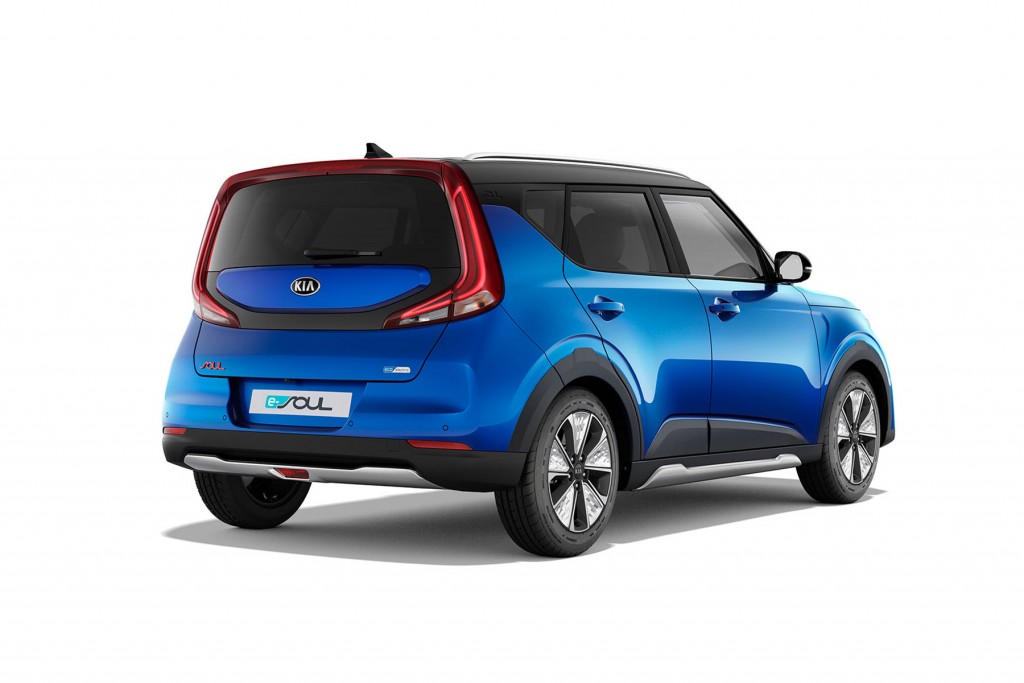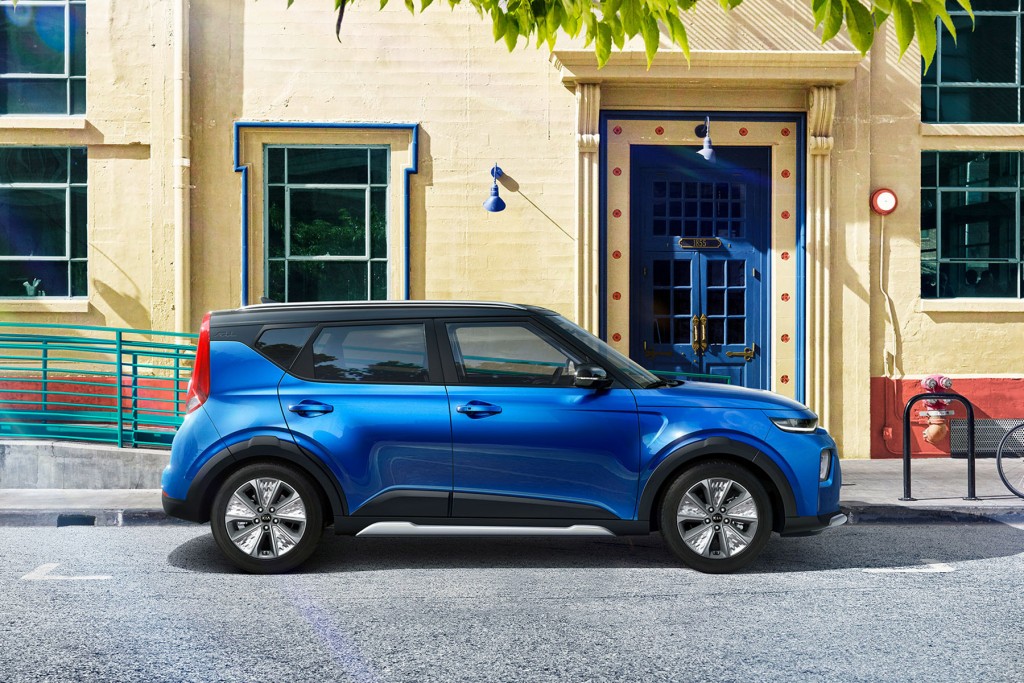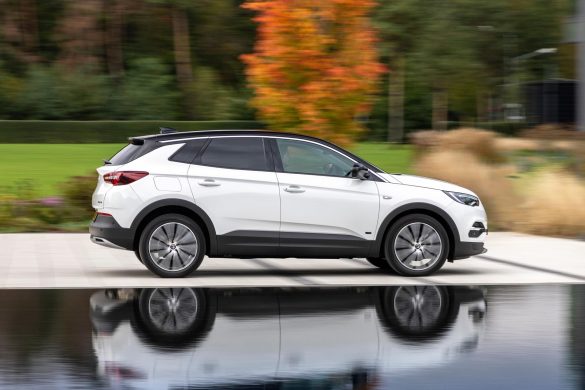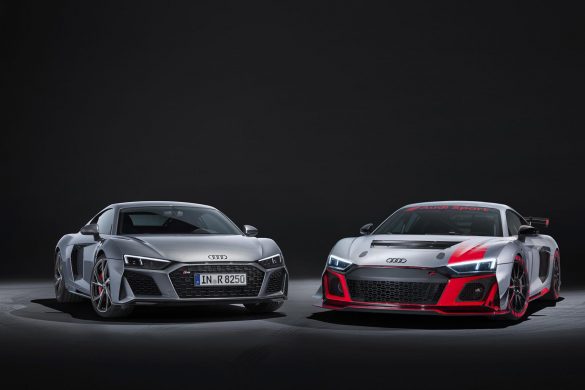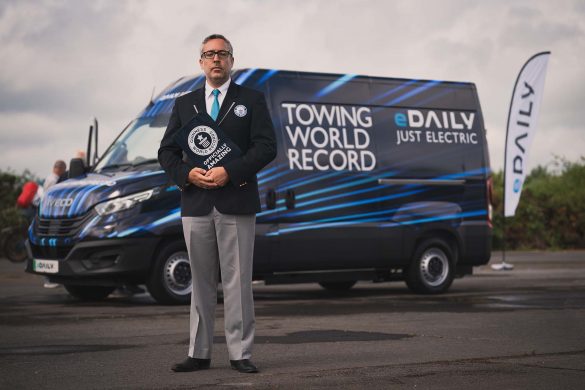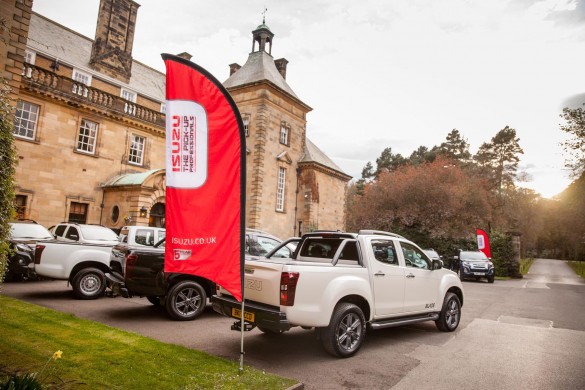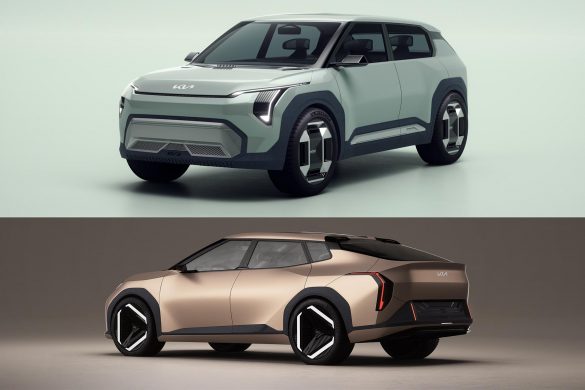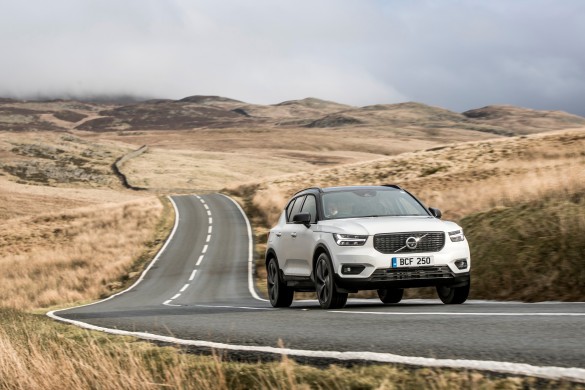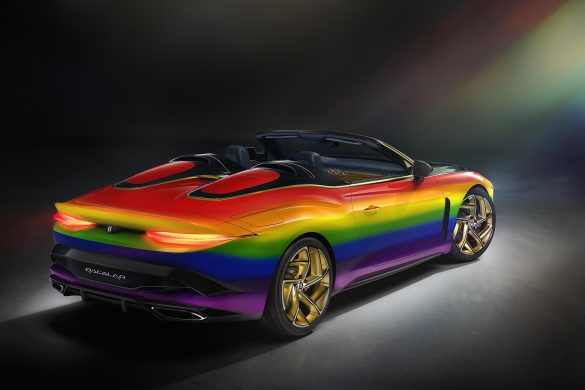ALL-ELECTRIC KIA SOUL EV TO MAKE EUROPEAN DEBUT IN GENEVA WITH MORE POWER, DRIVING RANGE AND TECHNOLOGY
The all-new Kia Soul EV brings long-range, zero-tailpipe emissions power to the urban crossover class. The third globally-sold electric vehicle from Kia Motors will make its European debut at the 2019 Geneva International Motor Show next month.
In its third generation, Kia’s pioneering urban crossover has become more distinctive, dynamic and innovative than ever. While the Soul EV embraces the iconic design and playful character of its predecessors, it will be powered in Europe exclusively by electric energy, with a choice of two long-range, zero-emissions powertrains. The new-generation battery packs powering the Soul EV are up to 30 per cent more energy efficient than Europe’s current best-selling electric vehicle.
Emilio Herrera, Chief Operating Officer for Kia Motors Europe, commented: “Since its inception, the Soul has been a true pioneer for Kia, and for the wider market. A decade ago, it established the urban crossover segment, and when we launched the Soul EV it became the first fully-electric crossover. The all-new Soul EV breaks more ground, as we launch it in Europe with an extended-range electric powertrain as standard – without the option of an internal combustion engine.
“The market has changed significantly in recent years, and in 2018 – the outgoing model’s final year on-sale, Kia sold more of the zero-emissions Soul EV in Europe than petrol and diesel versions combined. Kia is recognised today as a global leader in electrified vehicles, with a growing range of mild-hybrid, hybrid, plug-in hybrid and electric vehicles. Electrified models accounted for one in eight Kia cars sold in Europe in 2018, up from one in ten in 2017, and the Soul EV will further build on this momentum.”
The Soul EV retains the strengths that have characterised earlier generations of the model, offering outstanding value for money, a roomy interior for five occupants, and high levels of space and versatility. Like all Kia models, the Soul EV will be sold as standard in Europe with Kia’s quality promise: an unrivalled seven-year, 100,000-mile warranty, which also covers the car’s electric motor and battery pack.
The Soul EV goes on-sale across Europe towards the end of the first quarter of 2019. UK specification, on-sale date and pricing will be announced in due course.
Updating an icon – a distinctive, box-fresh design 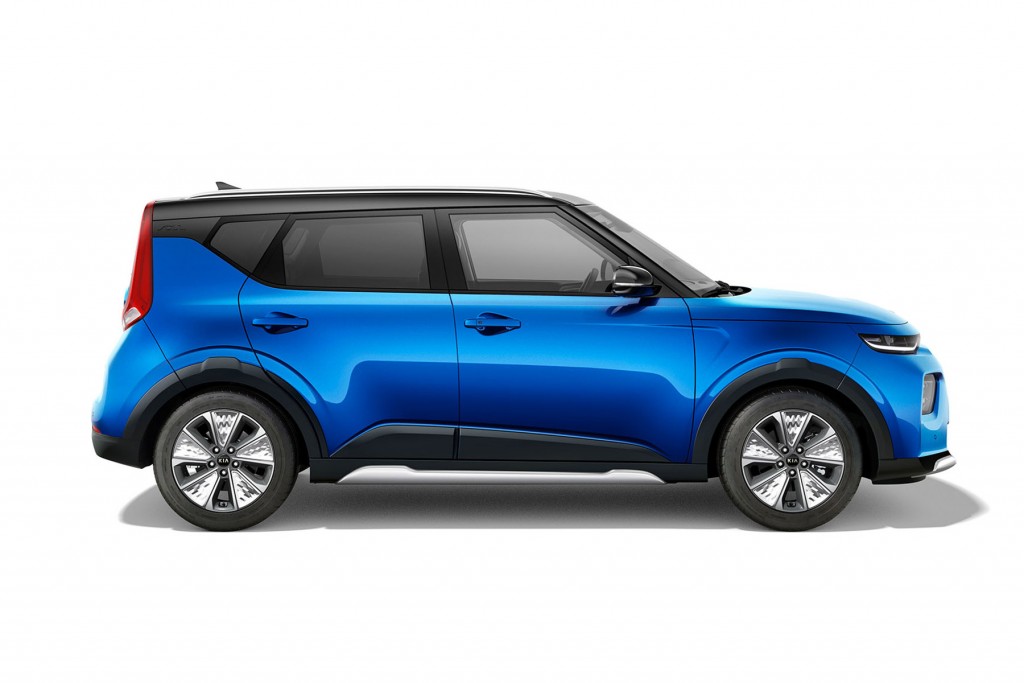
Fresh, funky and distinctive, the Soul EV celebrates the iconic design and playful character of the first- and second-generation Soul models. With newly-sculpted lines, sharp details, and technical lighting elements, the Soul EV is the most futuristic, youthful and innovative iteration yet.
Every exterior panel on the Soul EV is new, yet it remains instantly recognizable by staying true to its boxy origins. Its urban crossover design has been enhanced with sharp full-LED headlamps integrated into the upper ‘brow’, which extends across the front of the 1,800-mm wide car. The front and rear bumpers, and a solid panel in place of a grille, give it a smooth, aerodynamic appearance. The charging socket is housed behind a small panel at the front of the car. Strake-style LED foglamps beneath the headlights replace the round lamps found on the previous Soul EV.
In profile, the Soul EV’s boxy silhouette remains clear, yet subtle adjustments to its proportions and details give the car a more confident appearance. At 4,195 mm in length, the Soul EV is 55 mm longer than the car it replaces – with a 2,600-mm wheelbase (+30 mm) and a 15-mm longer front overhang. This effect is enhanced visually by the newly-designed rear pillar and shape of its glasshouse. The windows taper towards the rear of the car, with a fin-shaped rear pillar replacing what was previously a sharp angle at the base of the rear windows. The shape of the glasshouse draws the eyes along the side of the car as the bodywork kicks up towards the roof, ending in a matte black panel bearing the Soul name. This effectively balances the visual ‘weight’ of the rear with the longer front end. The Soul EV is finished with a unique five-spoke 17-inch alloy wheel design.
At the rear, the ‘island’ of bodywork in the tailgate remains. Surrounded by gloss black, this panel takes on a more rounded, modern shape for the new model, and sits atop restyled rear bumpers. It is parenthesised by bold new wraparound LED combination lamps.
The Soul EV is available in a choice of seven single-tone paint finishes and seven two-tone combinations, mixing bright body colours with metallic shades for the roof and door mirror caps.
European customers can also specify an optional SUV Pack, which elevates the design of the Soul EV with the addition of bolder wheel arch and side sill cladding, as well as a skid plate on the base of the front bumpers.
Long-range, zero-emissions – a choice of two fully-electric powertrains
The Kia Soul EV will be sold in Europe exclusively as an electric vehicle, with a choice of two fully-electric, zero-emission powertrains to meet the needs and budgets of different customers.
Drivers have a choice of long-range (64 kWh) and standard-range (39.2 kWh) powertrains. Whichever version a buyer chooses, both variants offer vastly improved range over the outgoing Soul EV. On-road performance is also enhanced, with significantly more powerful electric motors providing 395 Nm of torque – 39 per cent more than before.
Furthermore, Kia’s new-generation lithium-ion polymer battery packs offer greater energy capacity than those of many other electric vehicles, regardless of price. Cell energy density of 250 Wh/kg, achieved through new cell chemistry, enable the cells to store 25 per cent more energy within a defined volume than those of the 200 Wh/kg battery pack in the outgoing Soul EV. This has enabled Kia to keep the battery pack as compact and lightweight as possible, while taking a huge leap in the car’s zero-emissions driving range compared to its predecessor and other electric vehicles on the market.
The long-range 64 kWh battery pack is paired with a 150 kW (204 ps) electric motor, enabling the Soul EV to travel up to 280 miles (452 kilometres) on a single charge (on the WLTP combined cycle). Energy consumption for the 64 kWh battery pack is just 157 Wh/km on the WLTP combined cycle – 24 per cent more efficient than Europe’s current best-selling electric vehicle. Energy consumption for the long-range Soul EV is as low as 109 Wh/km in urban environments (WLTP urban cycle).
With the powertrain’s maximum 395 Nm torque available from a standstill, and 84 per cent more power than the car it replaces, the long-range 64 kWh Soul EV will accelerate from 0-to-100 kph in just 7.9 seconds.
The standard-range 39.2 kWh battery pack powers an efficient 100 kW (136 ps) electric motor. With peak torque of 395 Nm, and 23 per cent more power than the outgoing Soul EV, the significantly improved efficiency of the battery nevertheless enables the standard-range Soul EV to travel up to 172 miles (277 kilometres) on a single charge. Energy efficiency is rated at 145 Wh/km (WLTP combined), 30 per cent more efficient than the best-selling electric car in Europe – making it one of the most energy-efficient electric vehicles in the world.
A Combined Charging System (CCS) DC fast charger is fitted as standard to both models, enabling shorter stops for charging. Both battery packs can be recharged from 20 per cent up to 80 per cent capacity in just 42 minutes from a 100 kW DC fast-charger.
The Soul EV is fitted with a range of energy-recuperation technologies to maximise driving range. This includes Kia’s energy efficient heat pump system, which scavenges waste heat from the car’s coolant system. It also features Kia’s innovative individual ventilation and air conditioning system, which shuts off cabin ventilation at the source to all seats except the driver’s – unlike other systems, which merely divert air to open passenger cabin vents.
The Soul EV is also equipped as standard with Kia’s innovative regenerative braking system, operated by paddle shifters behind the steering wheel. The system provides drivers with the ability to slow the car and recuperate kinetic energy to maximise its driving range and efficiency. Drivers can choose from five regenerative braking levels (none, one to three, or ‘single pedal’ mode), depending on the level of energy recuperation they desire from the brakes. The system’s ‘single pedal’ driving mode also allows the car to harvest the maximum amount of energy from its brakes, and even enables the driver to bring the car to a gentle halt without necessarily needing to push the brake pedal. The regenerative braking system can also automatically adjust the braking level if it detects the car in front slowing down, creating smoother coast-down driving – especially on a steep downhill road. A Smart Eco Pedal Guide display on the driver’s instrument cluster also keeps the driver aware of real-time battery usage based on accelerator pedal input.
In addition, the Soul EV’s Drive Mode Select system lets drivers adapt the car to their preferred style or the road conditions. Drivers can choose from ‘Normal’, ‘Eco’, Eco+’ and ‘Sport’ mode. The two Eco modes are tuned to maximise vehicle range with certain power-saving measures, while Sport mode increases responses from the steering and electric motor to maximise the dynamic driving feel of the car. Normal mode provides a careful balance between each.
The Soul EV is the first generation of the Soul to feature fully-independent multi-link rear suspension. This replaces the torsion beam rear axle on first- and second-generation models, making the car at once more engaging, responsive and comfortable to drive
